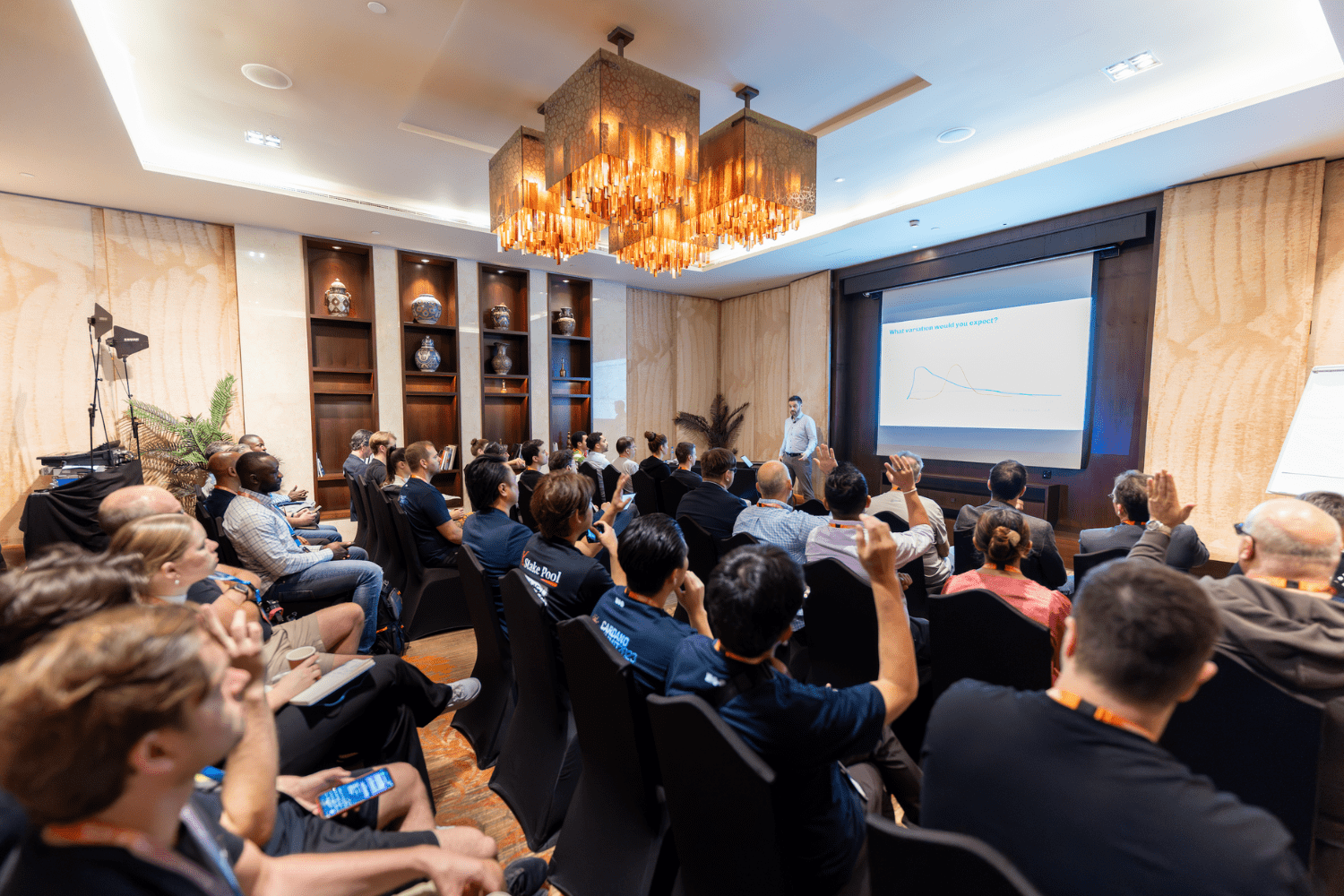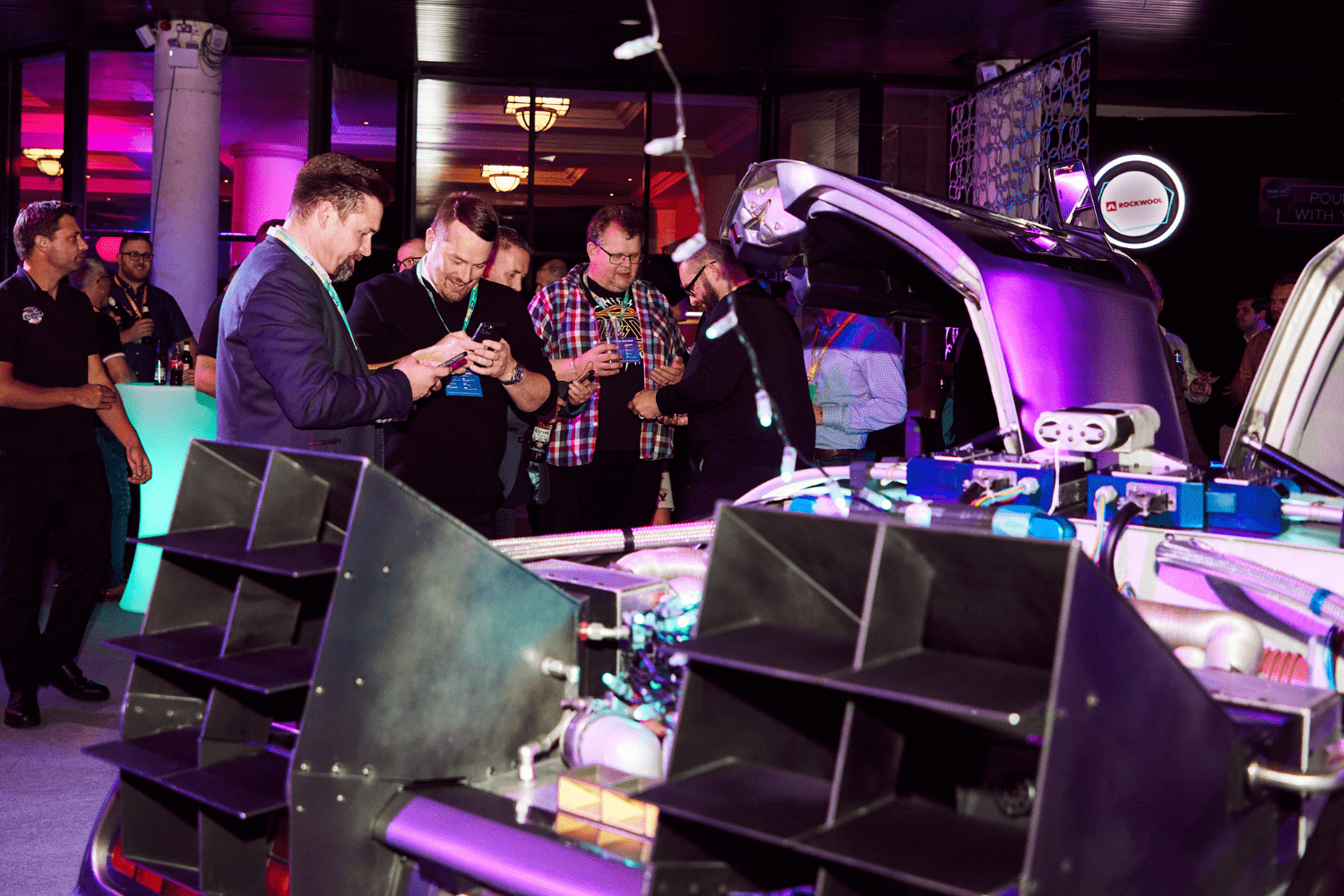 Back to News Room
Back to News Room
News

6 event planner marketing strategies used by top professionals
Planning an event can feel like a marathon.
But planning an event without the right marketing strategies in place can feel like trying to run a marathon in high heels.
Sure, Beyonce might be able to do it, but for the rest of us mere mortals who couldn’t demolish a 24k race in 6-inch-heels, implementing event planner marketing strategies used by top professionals is one of the best things you can do to ensure attendee satisfaction and event success.
What is event planner marketing?
In its simplest terms, event planner marketing is a term used to refer to the promotion of an event. Usually, this style of marketing hones in on the unique value proposition of the event, and what exactly it is that attendees are going to gain if they decide to spend their precious time (and sometimes money) at your event. Even at internal events where an organisation’s team members are sort of contractually obliged to attend, it’s still the role of the event planner to keep attendees engaged with core messages.
But how can you ensure that this happens?
In this blog, we’re spilling the beans and sharing 6 of the most effective event planner marketing strategies, used time and time again by top professionals throughout the industry.
- Create Target Audience Personas.
A target audience persona, or a marketing persona, is an imaginary character you assign to different segments of your audience. While it may, initially, sound like a waste of time creating these imaginary people you’re trying to market to, having a good understanding of what makes your target audiences tick will make it much easier to create campaigns that convert and keep attendees engaged. With strong, insight based target audience personas, you’ll be able to understand where your target demographics operate, and how to best speak to them in a way that will keep them engaged with your event and its offering.
- Establish Measurable Goals.
The only way of understanding whether or not your event has been truly successful is to create goals. But not just any goals. These goals need to be measurable. It’s no good saying ‘we want to inspire more people with our event content’ if you’ve got no plan to measure if you’ve been able to achieve this. When you break it down into measurable KPIs, these wispy goals soon turn into measurable metrics, such as ‘we want to start x amount of conversations online’, or ‘we want to achieve an attendee satisfaction rate of x%’. Once you’ve got a clear understanding of what you want to achieve from the outset of your event planning process, you can measure as you go to make sure you’re on track, and create a report detailing just how well you were able to smash your event goals after your event has finished.
- Map Out Your Attendee Journey.
When it comes to converting strangers into event attendees, each of them has a starting point and a destination you want them to get to. All you need to fill is in the middle. What tools and touchpoints are you going to put in place to ensure that ‘strangers’ become your valued event attendees? Get together with your team and draw up this journey as if it was a map, taking into account where different groups can be located. Once you’ve got it all laid out in front of you, you’ll be able to see if your attendee journey is looking too overcrowded and pushy, or if you’ve got any gaps that need filling.
- Harness the Power of Email Marketing.
A key part of any attendee journey, as well as any event marketing strategy, is email. Email marketing is the ultimate tool for reaching segments of your target audience with specific messages that will resonate with them and keep them engaged with your event. But whilst email marketing is more likely to grab your attendees attention, you still need to make sure that your event email stands out against a busy inbox and quickly grabs the attention of your prospective attendees.
- Make Your Event Easy to Find.
There’s no point spreading the word about your event if the place to get your hands on a ticket is impossible to find. The simplest way to keep your event both visible and accessible to prospective attendees? Create a bespoke event website. Not only does this give you a shareable link containing all the relevant and up to date information about your event, a bespoke website creates another branded platform for you to share your brand identity to your target audience.
- Make It Easy for Attendees to Send Feedback After Your Event.
Just because your event has ended, doesn’t mean that your hard-earned relationship with your attendees has to end too. One way to achieve this is to provide attendees with the platform to share feedback about their experience. Something as simple as sharing a feedback form to your attendee list a week after the event is not only a great way to show your attendees how much you value their input, it’s also a great tool to unlock key insights and record those all important KPIs that highlight the success of your event.
Need a hand in coordinating and executing your event and its marketing? Get in touch with the team at First Event.









